3 Categories of Movements
CrossFit uses functional movements to prepare you for everyday life. Squats, deadlifts, and presses are required to function everyday.
You need deadlifts to pick your shoes up off the ground.
You need presses to put things away in a cabinet.
And you need squats to get off the toilet.
These are all category 1 movements. Everyone should be able to function in category 1. I’m going to define all three categories and then explain why it is important.
Category 1
Movements in category 1 have a start and end position. Strict movements where speed is irrelevant. Examples include squats, deadlifts, and presses.
Category 2
Category 2 movements add speed to category 1 movements. Like a push press or a sumo deadlift high pull. We would expect to see more motor control errors in an untrained athlete when doing category 2 movements.
Category 3
Category 3 movements add change in shape or direction to category 2 movements. Examples include push jerks, muscle ups, or Olympic lifts. We would expect to see the most biomechanical restrictions and motor control dysfunction from category 3 movements.
Why does this matter? Because we can learn a lot about an athlete from how they move in each category.
After seeing what the athletes restriction is we can set a template for rehab. Start by mastering category 1 movements, then category 2, and finally category 3.
We understand all athletes are different. We want everyone to be working on their fitness into their 80s so we have a program that can work for everyone.
